Eighty-Four Minutes of Unforgettable Hell On Earth: Welcome to Wes Craven’s “The Last House on the Left” (Retrospective and Trivia).
Don’t talk to strangers or try to buy grass from them! What are these girls thinking? Hindsight is 20/20 though, right? If only young Mari (Sandra Cassell) and Phyllis (Lucy Grantham) could appreciate clichés, they might still be alive. Instead, they foolishly put their trust in the wrong people and fall victim to Krug Stillo (David A. Hess) and his merry band of utter madness.
Many moviegoers undoubtedly find it necessary but onerous to keep repeating “it’s only a movie…only a movie,” when viewing writer/director Wes Craven (The Hills Have Eyes, A Nightmare on Elm Street, Scream) and producer Sean S. Cunningham’s (Friday the 13th, House, DeepStar Six) The Last House on the Left (1972). But complying with the film’s ominous tagline is truly the best way to navigate this horrific piece of must-see cinema.
Warning: it’s not for everyone. And it’ll never be on a double bill with Bambi (1942). Whether it is 1972 or present day,The Last House on the Left is an acquired taste – like a very warm beer.
Yes, it’s difficult to enjoy a cold soda and salty popcorn dripping wet with hot, melted butter at a drive-in or grindhouse when you’re watching the blood-soaked viscera these filmmakers force feed the celluloid. No disrespect to the Godfather of Gore, aka the late Herschell Gordon Lewis (Blood Feast, The Wizard of Gore, Color Me Blood Red), but rarely do films so effectively exploit violence like Craven and Cunningham’sThe Last House on the Left.
Craven’s proclivity for wanton violence plays out like a snuff film in his directorial debut. The strength of the movie, which makes it powerfully resonate nearly five decades later, is realism. The documentary-style approach that Craven purposely uses gives The Last House on the Left the feel of a found-footage picture. And god help, who would want to stumble on these reels? The graininess caught on film, which is partly thanks to the early 1970s’ film print quality (or lack thereof), also sells the project’s verisimilitude.
The blood, mayhem and gore are so lifelike to that they will make the most hardcore horror fanatics cringe. This rings particularly true as Mari is heinously raped by Krug. It’s difficult as a human being not to feel revulsion after she is sexually assaulted or when Phyllis is disemboweled beforehand. But it is equally fulfilling and satisfying to see the parents take such terrible, bloody revenge on Krug and company.
In addition to the realism and gory effects, another large part ofThe Last House on the Left’s success is the cast. There’s nothing phony in these stalwart performances. Grantham and Cassell sell the sheer hell both girls must endure, while David Hess deserves an Academy Award for his sickening performance. Krug is the epitome of deplorable decadence, and, at least on film, it’s hard to see where the actor Hess ends and the character Krug begins. That is the genius of an intelligent, talented actor like Hess. David’s thespian abilities will make you think, “Is this guy really crazy?” Damn fine acting!
Many people are like poor Phyllis: they can’t stomachThe Last House on the Left. However, let’s view the movie from a more analytical approach.
The best horror films do a myriad of things. First, these such successes affect you. You feel them in a way that is palpable. Second, they entertain you with unsightly imagery and edge-of-your seat suspense. Third, there’s a message whether it is right in front of your face or keenly hidden in the subject’s subtext. So, yes, the violence is there to shock people, but not in the way you may think.
Craven’s The Last House on the Left is showing you the danger and disgusting side of killing not to encourage such acts but to admonish them. In a culture, especially in the 1960s, murder seems overly convenient and without consequence in many motion pictures. Take the Western Genre of these times into consideration. Characters portrayed by Clint Eastwood and John Wayne kill hundreds of countless people, even if it is rightly so, by shooting their opponents in a way that doesn’t reflect the graphicness of death.
Death is not only commonplace in these Westerns, but it saturates the cinematic times of the 1960s. Craven is trying to show the honest side of murder by slapping his audience in the face with a sledgehammer. Murder is revolting, despicable and unsavory. It’s not easy like a Cowboy being shot, with no trace of blood, and slumping off his/her horse. No, it’s brutal and savage – unforgettably twisted.
The heinousness of Craven’s craft moves audiences to not only recoil, but The Last House on the Left makes you think about the repercussions. There’s a reason why children play cowboys and Indians and NOT The Last House on the Left.
That’s Craven’s genius in The Last House on the Left. He utilizes violence to combat violence. Craven is encouraging society to not participate in sadism by showing audiences how gruesome killing can truly be. It is quite possibly the best argument against savagery ever pulled off on screen. So, despite its graphic realism, The Last House on the Left is a picture with something to say. It’s a film that NEEDS to be seen and understood.
“THELAST HOUSE ON THE LEFT” TRIVIA
Here are 15 facts you may not know about this essential slice of exploitation cinema.
1. FROM THE MIND OF MAD MEN
The Last House on the Left’s original title was Night of Vengeance. For marketing purposes, the film’s producers started an ad campaign touting the movie as the Sex Crime of the Century. When that approach failed to entice drive-in and grindhouse audiences, another advertising scheme came about known as Krug & Company. However, it was the third idea that successfully promoted the movie. Lee Willis suggested to Cunningham that the film be titled The Last House on the Left and that the filmmakers use the now famous tagline to keep people from fainting: “It’s only a movie…only a movie.”
2. MORE GORE
Wes Craven wanted Dr. Collingwood (Richard Towers) to kill Krug by slicing him up with a scalpel during the film’s climactic moment. However, Sean S. Cunningham thought Krug and Collingwood’s confrontation needed to be more brutal and explosive, so the doctor gets to go all Leatherface on his daughter’s murderer with a chainsaw.
3. BLOOD MONEY
Sean S. Cunningham and Wes Craven’s collaboration had a mere budget of $90,000. Cunningham’s original impression was that his investors were going to give him $50,000. Craven said in interviews that Sean insisted they could make the film for $40,000, so as a result the two men could share and pocket the remaining $10,000 for themselves. To the surprise of both Cunningham and Craven, their backers invested almost $100,000. To date, The Last House on the Left has made over $10 million worldwide.
4. ALL IN THE FAMILY
The film’s production was located in New York and Connecticut, and it took 21 days to complete the film’s shoot. The Collingwood’s house in the film was owned at the time by Sean S. Cunningham’s parents. In fact, Ada Washington appears in the film as the woman driving the truck full of chickens. Washington was a maid and nanny for Cunningham. Surprisingly, her name appears on the original movie posters for The Last House on the Left while actor Fred Lincoln’s does not. Wait, what? She’s barely in the film, and Lincoln is one of the baddies! This is Washington’s sole acting credit.
5. A VERY HARD R
Needless to say, Wes Craven experienced a nightmare of a time with the Motion Picture Association of America (MPAA) because of the film’s violence. The MPAA gave The Last House on the Left an X rating. To avoid the infamous rating, and secure an R rating, Craven removed 30 minutes of footage from the picture. However, this did not appease the MPAA, so Craven put all the scenes back in. Surprisingly, the picture was rated R in the end.
6. REAL TO REEL
Sandra Peabody (Cassell) not only gives a riveting performance as sweet and innocent Mari, but she also handled her own stunts. Peabody is also credited as the film’s stunt performer even though Fred Lincoln said in countless interviews that he helped choreograph many scenes. On set, during the rape sequence, Peabody’s reaction is genuine fear and less acting. According to Lincoln, who played “Weasel,” Sandra was terrified of the three male actors. In interviews, Hess said he could tell Sandra was truly frightened as he laid on top of her for the filming of the rape. As he yanked down her pants, and fondled her breasts, Hess looked to Craven and asked, “Can I?” In that moment, Sandra lost her mind, as Hess put it.
7. TRICKS OF THE TRADE
To achieve the eerily real look of blood in The Last House on the Left, the special effects artists used a mixture of caramel syrup with blue and red food coloring. Phyllis’ entrails, which were stuffed condoms strung together, were covered in the faux blood. These simple techniques easily stand the test of time some 46 years later.
8. I KNOW A GUY
Actor Martin Kove portrayed the primary deputy in The Last House on the Left. At the time, filmmakers wanted Kove to play the part of Krug. However, Kove asked if he could play the part of the lawman because he wanted to pursue funny roles. However, Kove was dating David Hess’ sister at the time. Kove told Cunningham not to fret because he knew a guy who could play the main antagonist. Hess won the part; it is his feature film debut. Kove is best known by genre fans as Kreese in The Karate Kid franchise. Look for the evil sensei in season two of Cobra Kai in 2019.
9. THE SEQUEL THAT NEVER WAS
If you happened to own an American-made video cassette of The Last House on the Left in the 1980s, you undoubtedly saw the coming attraction promo text for Last House on the Left II. Danny Steinmann was slated to helm the sequel, but was instead given the directing gig for Friday the 13th Part V: A New Beginning (1985). Last House 2 never saw the light of day, but a crappy remake materialized in 2009. Oddly enough, Mario Bava’s Twitch of the Death Nerve (1971), which is notorious for having more titles than any film in history, was called Last House on the Left – Part II aka Last House – Part II aka New House on the Left. Jesus, someone had a serious titling problem, and Bava’s project had nothing to do with the original The Last House on the Left.
10. THE SPRING OF INSPIRATION
Craven’s inspiration for The Last House on the Left was Ingmar Bergman’s The Virgin Spring (1960) which was written by screenwriter Ulla Isaksson. Both are based on the 13th-century Swedish ballad Töres döttrar i Wänge. In Bergman’s picture, the virgin is raped and killed in the wilderness by two cruel herdsmen, and later the girl’s father Tore (Max von Sydow) gets his revenge. The Virgin Spring won the Academy Award for Best Foreign Language film at the 1961 Oscars.
11. UNEXPECTED ACCOLADES
The late film critic Roger Ebert actually seemed to understand what Wes Craven was shooting for in The Last House on the Left. Despite his lack of love for most horror films over the years, particularly the 1980s’ slashers, Ebert gave Last House a fabulous review: Three and ½ stars. And, of course, Ebert received criticism from many of his readers for supporting the movie. Ebert wrote: “There’s no posturing. There’s a good ear for dialogue and nuance. And there is evil in this movie. Not bloody escapism, or a thrill a minute, but a fully developed sense of the vicious natures of the killers.”
12. MINER BEGINNINGS
Steve Miner enjoys a very small cameo in The Last House on the Left. Miner also served as the film’s assistant editor and a production assistant. These are Miner’s first film credits. As devout horror fans already know, Miner worked with Cunningham on Friday the 13th. From there, Miner made his directorial debut on Friday the 13th Part 2 (1981) and followed that up by helming Friday the 13th Part III (1982).
13. THE SOUND OF TERROR
David Alexander Hess is not only responsible for bringing one of the Silver Screen’s most loathsome cinematic baddies to life, but the talented musician also scored The Last House on the Left for Cunningham and Craven. Hess collaborated with Stephen Chapin. The soundtrack was rereleased on CD in 1999 and again in 2013 on cassette, compact disc, digital download and vinyl by One Way Static Records.
14. ICONS OF HORROR
The pairing of Sean S. Cunningham and Wes Craven on The Last House on the Left injects the cinema with one of its most violent and thought-provoking properties. The project also introduces the world of horror to two of its up-and-coming masters. Cunningham goes on and creates Friday the 13th in 1980, while Craven conjures up Freddy Krueger in 1984’s A Nightmare on Elm Street.
15. LAST HOUSE ON ELM STREET
The name of Hess’ character Krug ultimately inspired the name for Craven’s most recognizable horror villain: Freddy Krueger. There are many other similarities between The Last House on the Left and A Nightmare on Elm Street. Both films involve child killers, family disfunction, booby traps, and parents taking revenge on perverse criminals.


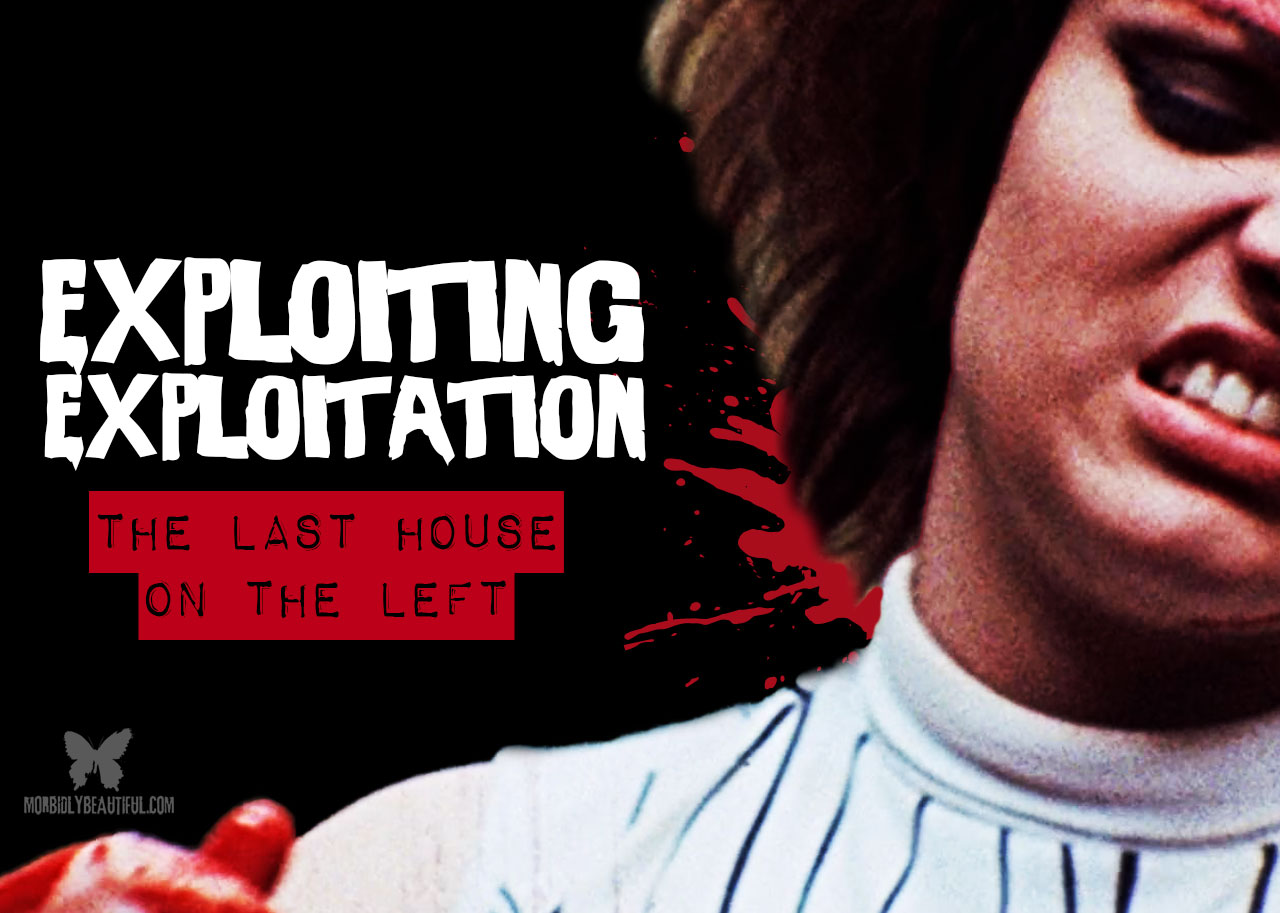
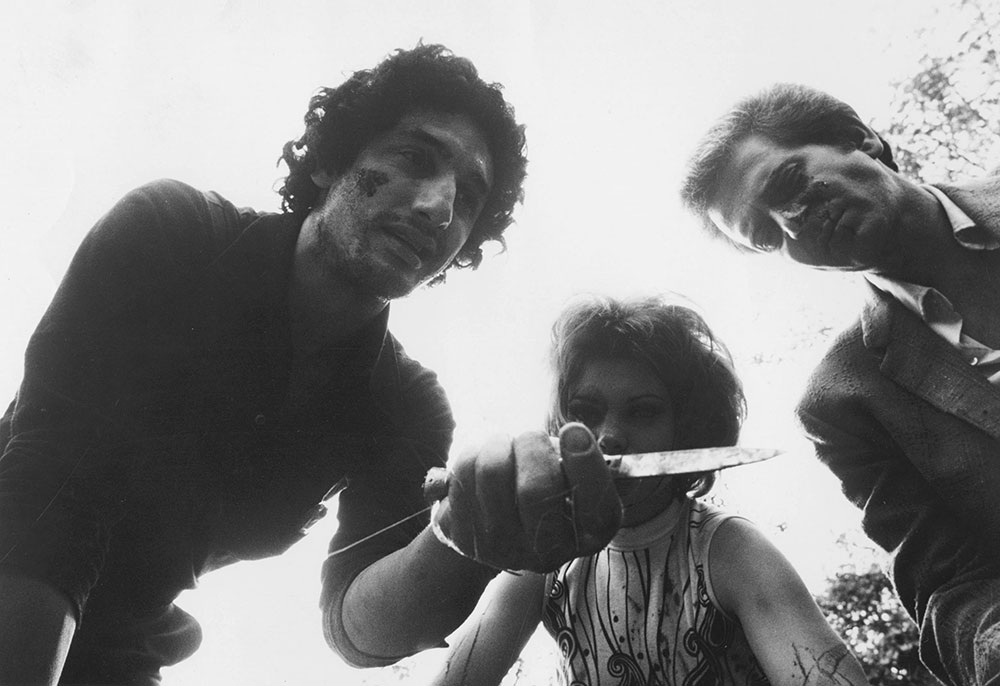
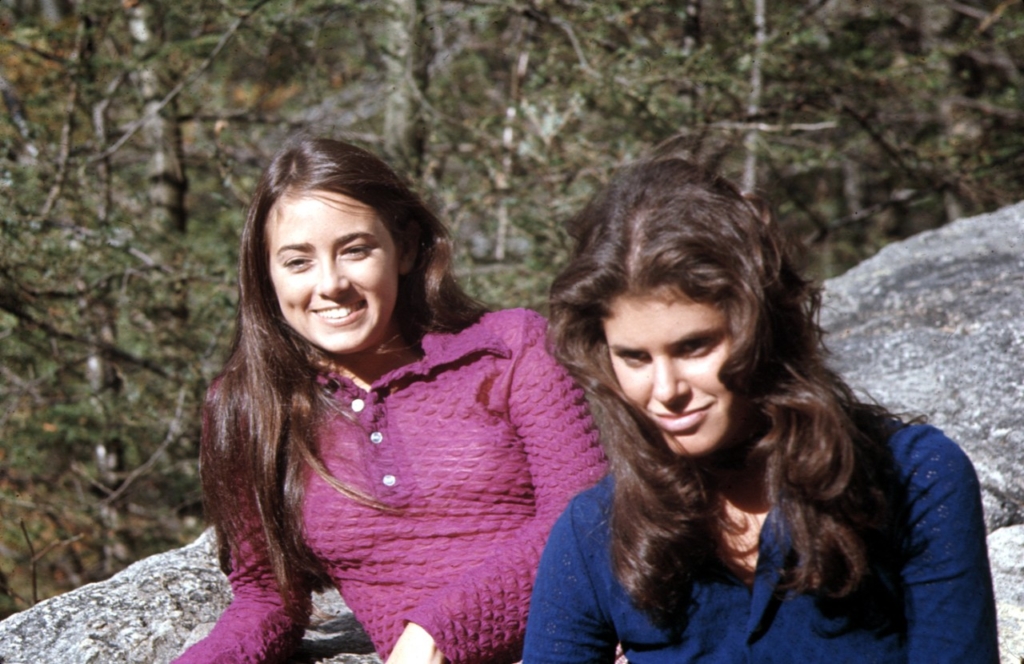
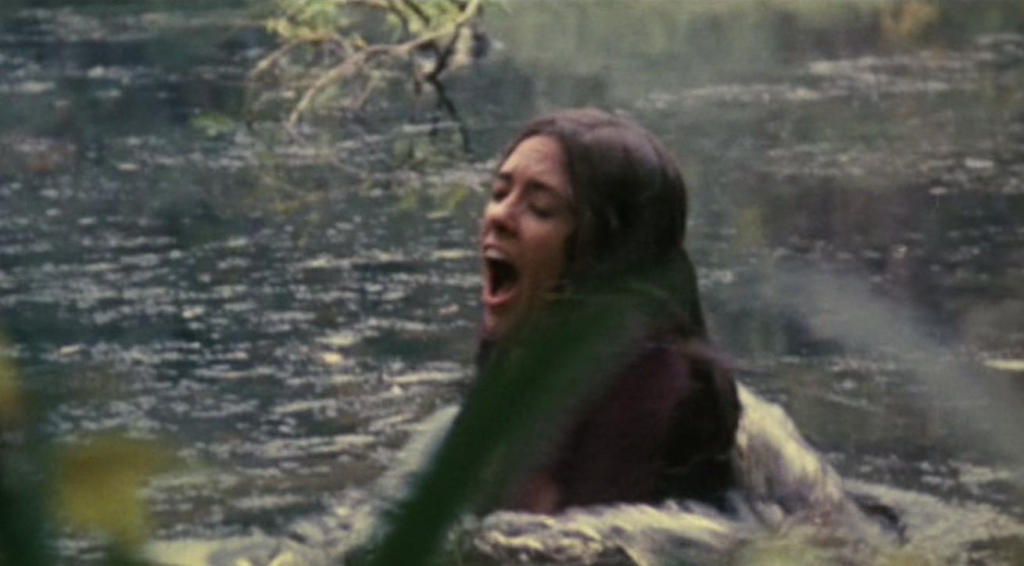
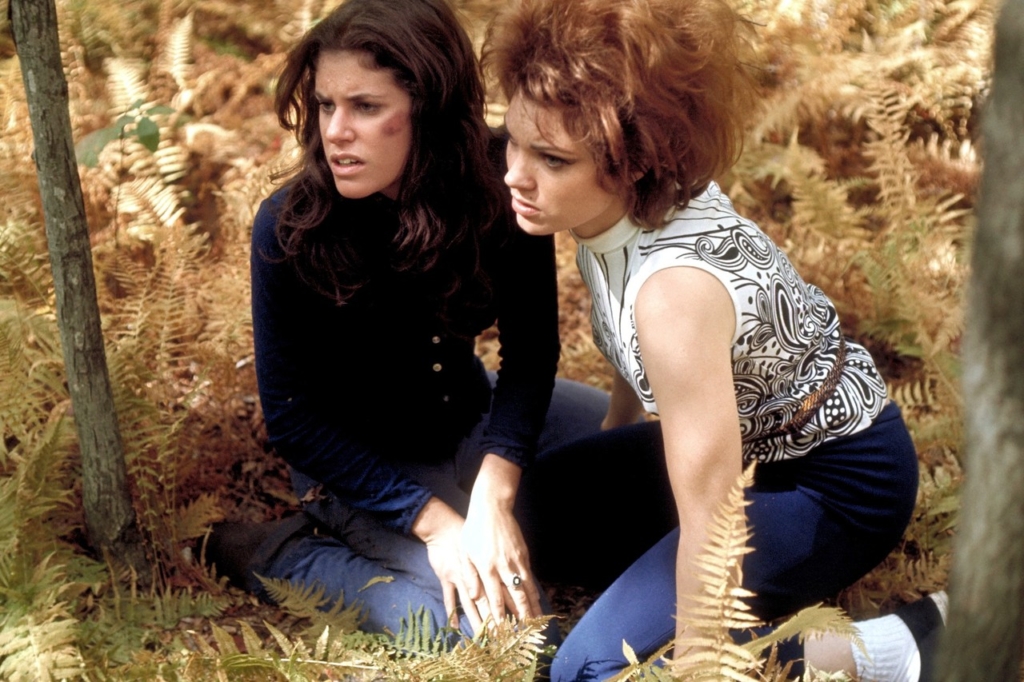
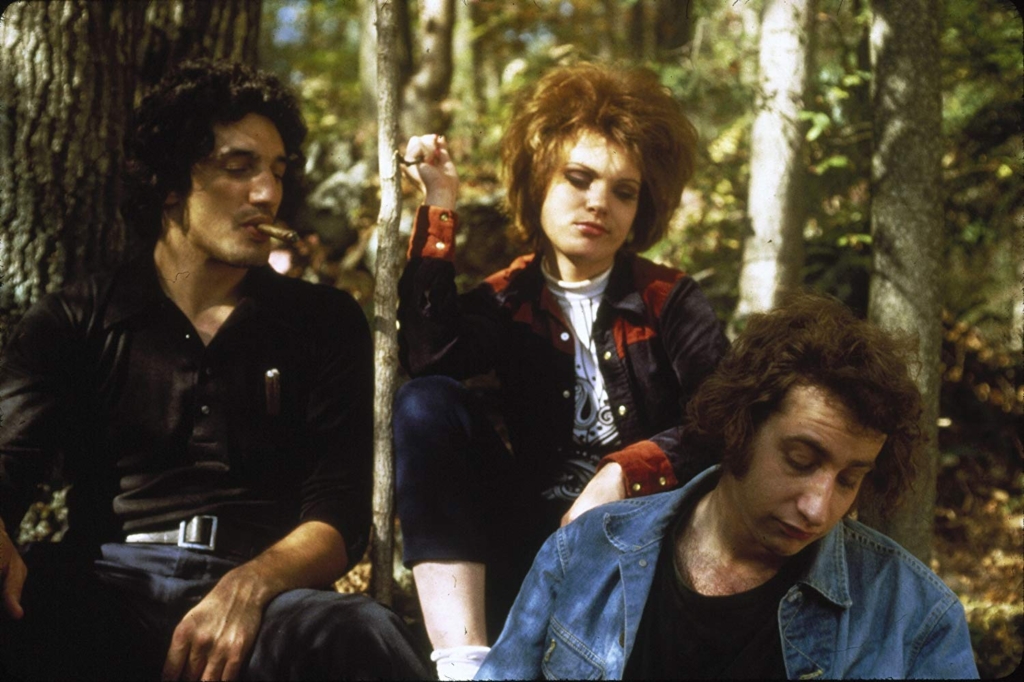

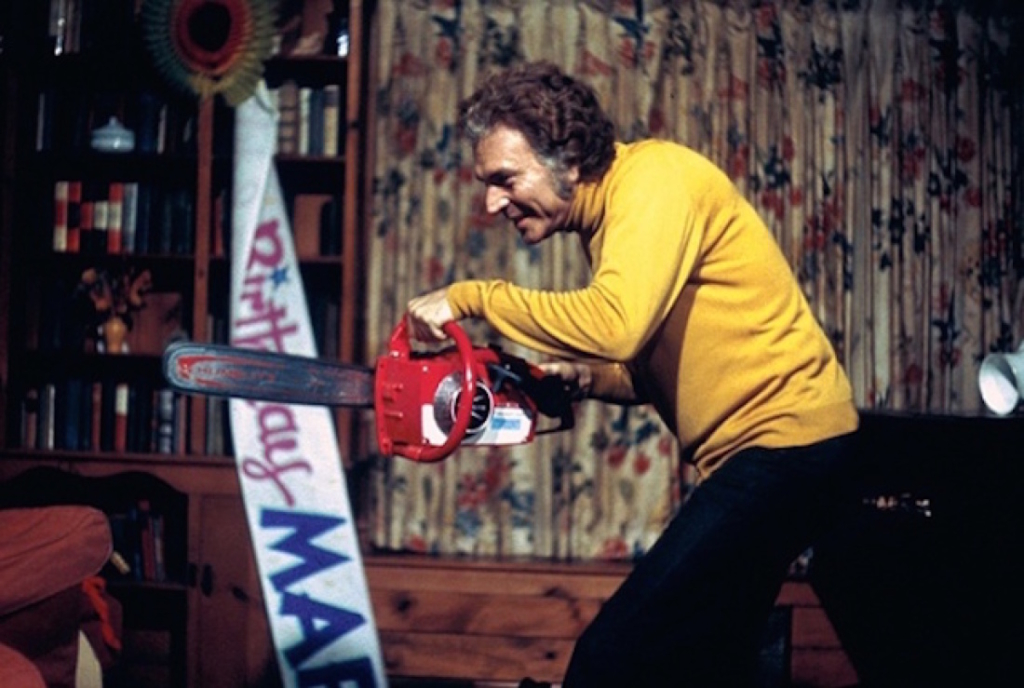
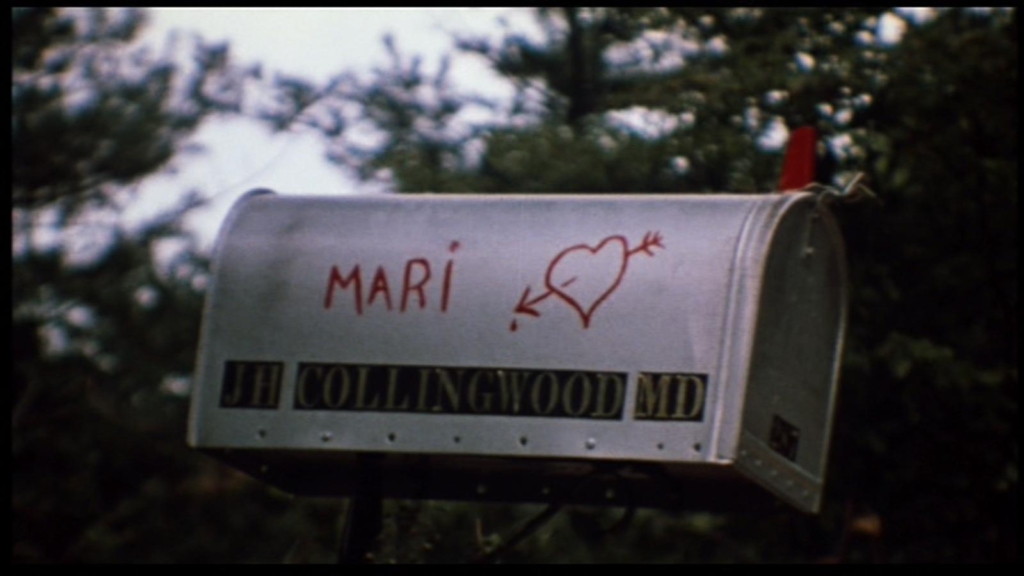



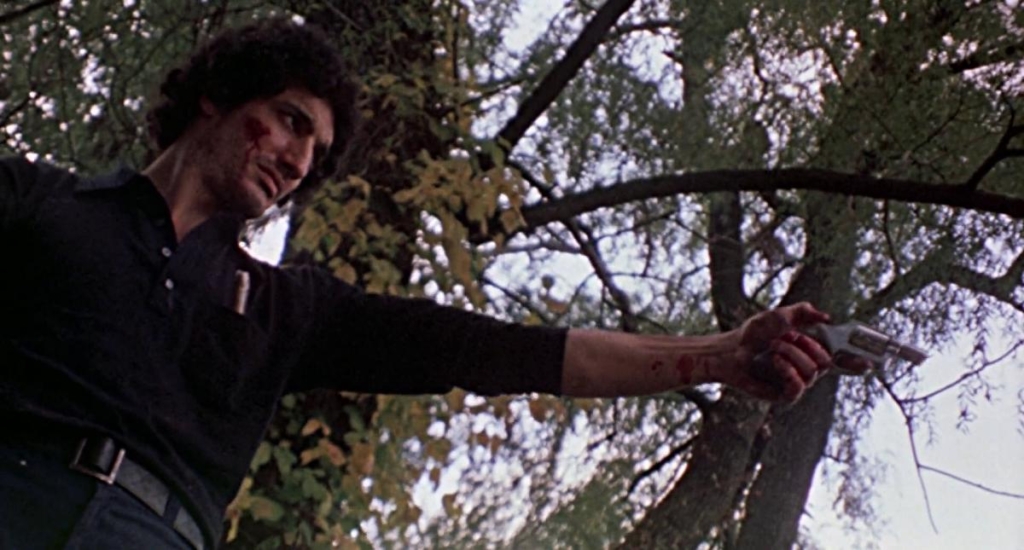
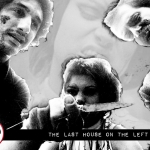
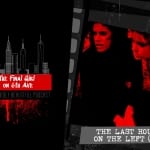
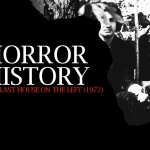
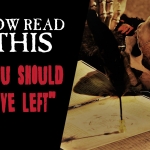


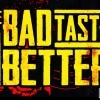








1 Comment
1 Record
Danell Winn wrote:
love this!